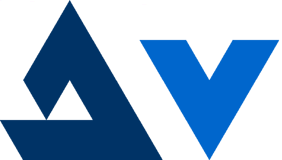We knew we had to pivot. Plain and simple. Our last product proposal was both infeasible and its usage was unclear. We had to make something more concrete and implementable in less than 15 weeks.
We met in the d.school at 10pm. Drawing from the conversation we had earlier that day with Jay and the teaching staff, we began brainstorming with emphasis on:
- Clear use cases. We knew we had to define its usage in a very concrete way. Although our original goal was to make very 'agnostic' software, making concrete use cases would probably mean making ourselves more niche and honing in on the IT space due to our relationship with VMWare.
- Actionability. We wanted our product to not only to have clear use cases but be a service to actually do something in the real world. Focusing on the IT world (see above bullet) this meant we want to make the jobs of either VMWare or VMWare's customers easier and more effective.
- Data Driven. We wanted to play to our machine learning background and allow the power of the algorithms we know to deliver value to new verticals.
- "Under-promise and over-deliver". Out product had to be something with a valuable core but with room to add on all sorts of sexy features. This way we could give ourselves reasonable goals and allow for the possibility to exceed expectations.
We began our brainstorm. Working with our skills, we asked "What is modeling good for?" We talked about reactive alerts. We jumped around to a lot of different topics and many different users. The one person we had met with regarding needfinding, Denis the dogfood environment IT Admin, kept coming to mind. Denis found the task of troubleshooting IT environments to be a tiresome task often laced with the trouble of communicating with many silos...
With some teamwork and iteration, we thought we had it. We would once again deal with log data, creating tickets from anomalies and errors found within the logs. These tickets or alerts would be intelligent though, giving IT Admins like Denis advice on how to solve tough errors based on errors statistically similar to it. We would allow for easy or even automatic collaboration with these tickets, routing tickets to those who really can address the issue at hand. Once again this was a very data driven product, but with clearer use cases, actionable results, and features easier to rapidly prototype. Plus, we were excited about the idea! We felt that we had successfully pivoted, and couldn't wait to pitch the idea to our users, IT Admins.
